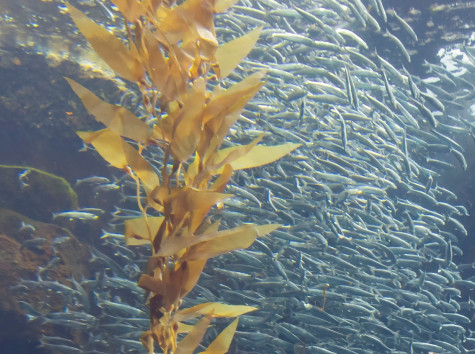The oceans, covering over 70% of the Earth's surface, are a vital component of the planet's ecosystem. Yet, they are under siege from an insidious form of pollution: plastics. The impact of plastic pollution on marine biodiversity is profound and pervasive, affecting nearly every corner of the world's oceans. From the smallest plankton to the largest whales, no species is immune to the dangers posed by plastic debris.
Marine animals mistake plastic for food, leading to ingestion and entanglement. The consequences are often fatal, with plastics causing internal injuries, starvation, and suffocation. Beyond these direct impacts, plastics also serve as vehicles for invasive species and release toxic chemicals into the marine environment, further threatening biodiversity.
The environmental impact of shipping on marine environment includes discharge of garbage, i.e., from shipbuilding and ship recycling activities or from shipping accidents. Lost containers are also an alarming issue on their own, with Statista figures revealing 391 occurrences of shipping containers lost at sea in 2019 in Europe alone and Bloomberg data showing 1,000 containers lost at sea globally in Q1 2021 alone.
The most visible impacts of plastic debris are the ingestion, suffocation and entanglement of marine species that mistake plastic waste for prey; most then die of starvation as their stomachs become filled with plastic. They also suffer from lacerations, infections, reduced ability to swim, and internal injuries. Floating plastics also help transport invasive marine species, thereby threatening marine biodiversity and the food web. Through the food web, plastics can also affect human health. Regulatory framework led by MARPOL, which bans ships from dumping plastic at sea, as well as the London Convention and the London Protocol are great steps, but plastic pollution is still growing dramatically.
Cognizant Ocean AI/ML focused approach to ocean sustainability can help our clients analyze images and videos from satellites, drones, and underwater vehicles to detect and map plastic pollution across the world's oceans. Machine learning algorithms can differentiate between types of plastics and other materials, providing valuable data on the distribution and concentration of plastic debris. Our Blue life team is currently using satellite imagery combined with AI/ML to identify sources of pollution in rivers and coastal communities.
Our teams help build ML models that can help trace the sources of ocean plastic pollution by analyzing patterns and pathways of debris. Understanding how plastics travel from rivers, urban runoff, or shipping routes to the ocean can inform targeted interventions at pollution hotspots.
Protecting marine biodiversity from plastic pollution is an urgent challenge that requires immediate and sustained action. By working together, we can turn the tide against plastics and ensure the health and resilience of our oceans for generations to come.
Contact Ocean@cognizant.com to discover how our advanced AI and ML technologies are mapping and mitigating the spread of plastics and how you can contribute to preserving our marine ecosystems for future generations. Join us in combating plastic pollution to safeguard marine biodiversity.



